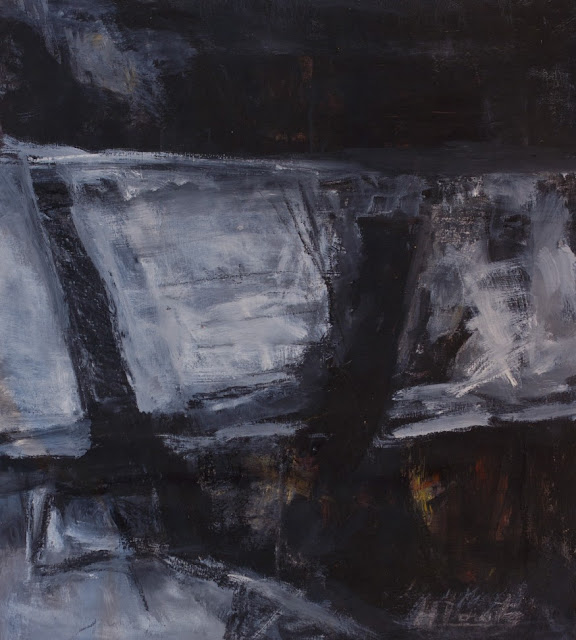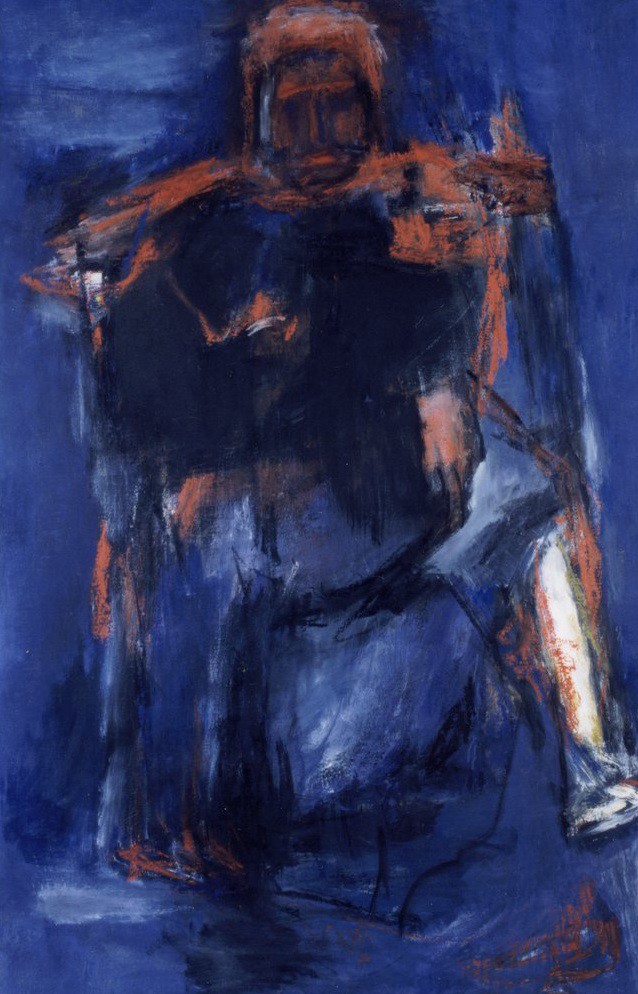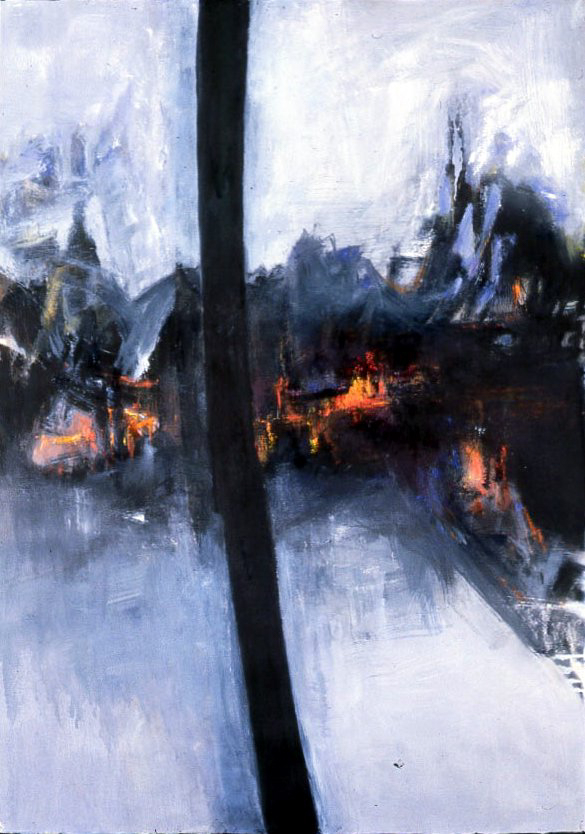"Gunter Damisch (1958 - 2016 ) was an Austrian artist known for his lush paintings of rhizome-like forms and undulating lines. “My pictorial system is strongly guided by the idea of transformation and metamorphosis. These ambiguities fascinate me,” he once explained. Born on May 20, 1958 in Steyr, Austria, he went on to study under Arnulf Rainer at the Academy of Fine Arts in Vienna, during which time he was a member of the punk band Molto Brutto. After finishing school, Damisch began exhibiting his work and established himself in the Viennese contingent of the Neue Wilde movement, alongside Otto Zitko and Hubert Scheibl. In the decades that followed, the artist was the subject of exhibitions both in Austria and abroad. Damisch died on April 30, 2016 in Vienna, Austria. Today, his works are held in the collections of a number of Austrian museums, including the Lentos Kunstmuseum Linz, the Museum Moderner Kunst Stiftung Ludwig in Vienna, and the Museum Liaunig in Neuhaus."(artnet)
"Gunter Damisch works as a painter, draftsman and graphic designer but in recent years he has turned his attention increasingly to sculpture, developing a highly personal and complex cosmological view of the world. This world is inhabited by a large number of invented beings that can be ascribed to either a microcosmic biological or a macrocosmic spiritual world.
These beings drift in the streams of air, water, earth and fire emerging from a universe that has been subjected to a never-ending process of change by the creator. Gunter Damisch’s “Flämmler”, lucid amblers between time and space, can be seen in this context as metaphors for the fleetingness of human existence, at least for its consummation in a processual dimension."(artsper.com)































































